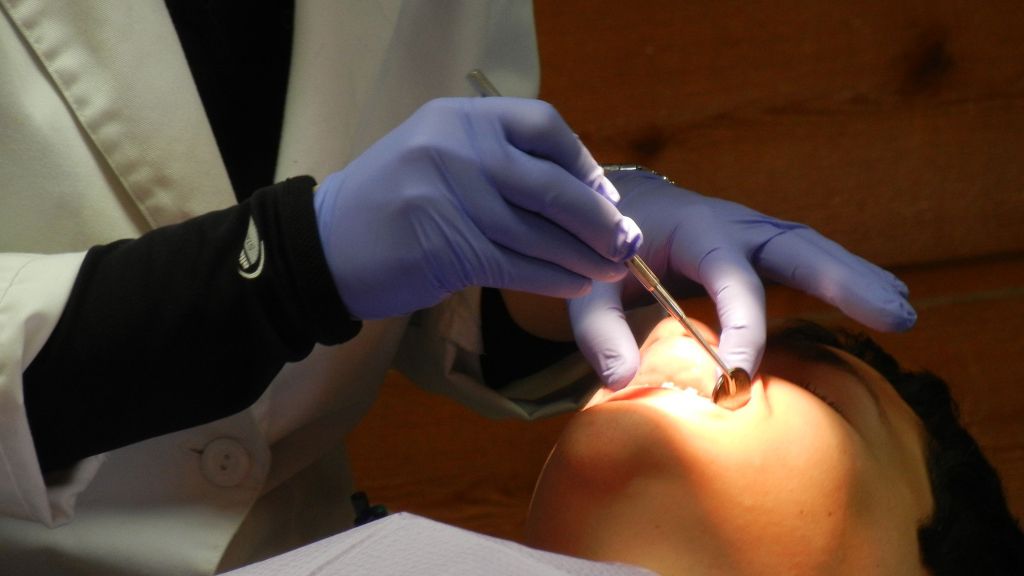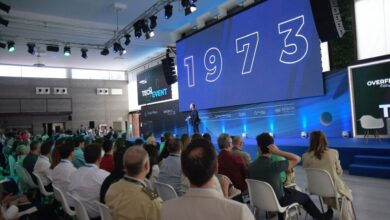
QuickSmile continues the path of growth. The startup that makes cancer treatments more accessible invisible braces has closed one financing round of 1.7 million euros. This amount will be allocated to quadruple its market share in Spain and to accelerate its growth.
Entrepreneurs and experts in venture capital have participated in this injection of capital, such as Azahar Private Capital SCR, the venture capital company of businessman Juan Conesa Alcaraz, and athletes such as the Atlético de Madrid footballer Beautiful Mario.
QuickSmile was founded in 2019 by César Moreno, a Mechanical Engineering graduate and serial entrepreneur specializing in digital products; and Dr. Manuel Poveda, orthodontist with 13 years of experience, master’s degree and doctor ‘cum laude’ in Dentistry from the Complutense University of Madrid, professor of Integrated Dentistry and active member of the Spanish Society of Prosthetics, Stomatology, Aesthetics and Orthodontics.
“I met Dr. Poveda in 2017, while working in his practice with the brand that then had a monopoly on this type of treatment. After several conversations and months of research and development, we both became convinced that we could improve the product, both clinically (aesthetics of the plastic, predictability, efficiency of dental movements, etc.) and in the commercial conditions towards the doctor who prescribes it and the final price of the treatment for the patient. In September 2019 we launched QuickSmile to the market”explains César Moreno, CEO of the company.
More than one million euros in turnover
Three years later, QuickSmile is considered one of the brands with the greatest growth projection in the invisible orthodontic sector in Spain, having doubled its volume of treatments every year since its creation. Today its turnover has exceeded one million euros. The company has the recognition of clinical excellence from prestigious institutions such as the Spanish Society of Orthodontics (SEDO) and from universities such as the Complutense of Madrid, the CEU San Pablo University or the San Antonio Catholic University of Murcia (UCAM).
Currently, the company has achieved that its invisible aligners are marketed in more than 350 clinics in all regions of Spain, with Madrid and Andalusia being the two autonomous communities with the greatest presence, followed by the Valencian Community, Castilla-La Mancha, Catalonia and Castile and Leon. Its current market share is 3%, and the company’s goal is to reach 12% by 2025.
Up to 1,000 euros cheaper than the reference brand
Invisible orthodontic treatments begin in the orthodontist consultation, who is the one who makes the diagnosis and takes the patient’s records: intraoral and facial photographs, X-rays to determine the state of the bones and roots, and a silicone impression of the morphology of the mouth. With all this, the QuickSmile design team generates a virtual 3D simulation of the treatment, following the biomechanical sequencing protocols to move the teeth (quantity and order of movements) which, together with the qualities of the plastic, are part of the work of company R&D.
Subsequently, they are manufactured splints or aligners, based on a material called LaserGlass, a modified polyethylene terephthalate glycol with three layers and 0.76 mm thick, and using high-tech machinery and high-precision 3D printers, the biomodels are printed and the plastics thermoformed. The average manufacturing time of a treatment since the patient comes to the clinic for the first time is about 20-25 days. Once the doctor receives all the treatment, he makes an appointment with the patient for its placement and subsequent periodic check-ups to verify that it is progressing as planned.
There are different types of treatments, depending on their duration, although the average is between 9 and 18 months. For the most complex cases, in which the average duration is above this period, QuickSmile can represent savings for the patient of more than 1,000 euros compared to the reference brand, but with the maximum excellence in the quality of the materials and in the execution of the treatment.
“The reason for this price difference is that we are able to carry out a much more efficient and close production, lowering the costs that the doctor has to assume, thus giving him the ability to adjust the final price of the treatment while maintaining his profit margin. benefit. There are other brands that advertise low prices, fast results and supervision through mobile applications, but this may involve risks for the patient, and in no case should it be forgotten that an invisible orthodontic treatment is a medical treatment, not an aesthetic one”says Dr. Manuel Poveda, clinical director of QuickSmile.



